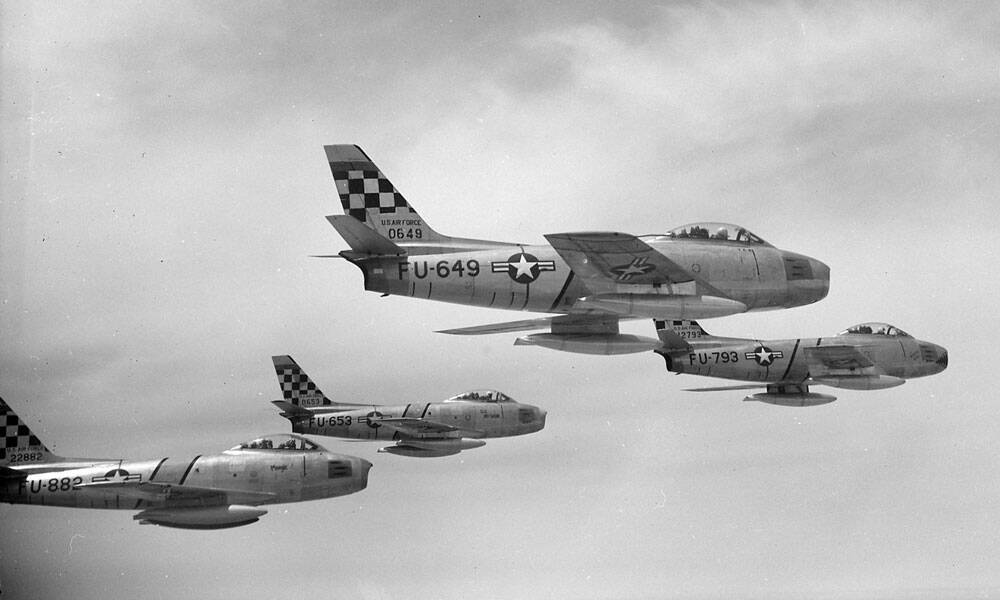
Daily Buzz: A Military Model for Faster Decision Making
Disruption requires an ability to react and make decisions quickly. Consider a model for decision making from the military. Also: why planners need a crisis management team.
To stay ahead of the competition in disruptive times, speed is of the essence. Organizations would be smart to take a lesson in faster decision making from the military, according to consultants George Stalk Jr. and Sam Stewart, writing in Harvard Business Review.
Stalk and Stewart describe an analysis of why American fighter pilots were more effective than enemy pilots during the Korean War. The key: an ability to observe and react to their situation more quickly. The say the same approach—labeled with the acronym SODA—can be adapted for organizations today. Here’s how it works:
Scan for trends. “Since competitors, technologies, and markets can change quickly, companies must systematically scan the horizon both for new opportunities and potential disruptions,” Stalk and Stewart say. “Look for trend lines, new customer behaviors, anomalies, unexpected competitors, and changing demand patterns.”
Align trends to business goals. Once you’ve identified potential areas of transformation, it’s time to consider what they mean for your organization. “Doing this well requires a diverse leadership team that can analyze different scenarios, discuss and realistically evaluate the choices available, and look beyond the obvious,” they say.
Decide on next steps. Think about what it will take to implement changes with minimal disruption. Do you have the talent, resources, and capabilities you need to get started?
Act quickly. “Maintaining a rapid tempo requires the fast execution of strategy,” they say. “To ensure alignment and fast action, individual and team missions must be explicitly linked to the company’s overall mission and strategy. Any incongruities among goals, resources, and constraints must be identified and flushed out early, so that time and effort are not wasted.”
Disaster Planning
Some #eventprofs may not have to deal with major emergencies in the span of their careers, but this doesn’t mean that emergency preparedness can be ignored. https://t.co/30qLezYim4 pic.twitter.com/9BTb408OkT
— Stova (@stovatech) April 24, 2019
When a meeting emergency strikes, planners often act as first responders—which is why an organized emergency management team is essential to a comprehensive disaster plan.
“A dedicated crisis management team elevates an organization’s disaster preparedness to a different level,” says Lauren Mumford on the Aventri blog. “Instead of having crisis management on top of their responsibilities during the event, a dedicated crisis team is laser-focused on just making sure that a crisis plan will be executed seamlessly when needed. … If and when a crisis happens, this team will be activated and serve as the mission control orchestrating the different elements of crisis management.”
Other Links of Note
Facebook videos receive about 8 billion views a day. The Sprout Social blog shares how to amplify your own Facebook video ads.
Using music in your meeting? Here’s what you should know about music licensing, from MeetingsNet.
A solid social media plan is important, but your business strategy should come first, says Jon Gatrell on Convince & Convert.
North American F-86E fighter jets, as used during the Korean War. (Wikimedia Commons)





Comments